Finding the right tire size for your 2006 Toyota Corolla shouldn’t feel like solving a complex puzzle. We understand how frustrating it can be when you’re standing in a tire shop or browsing online trying to figure out which tires will fit your reliable sedan perfectly.
Your 2006 Corolla came with exact tire dimensions that affect everything from fuel economy to ride comfort and safety. Getting the wrong size can lead to speedometer inaccuracies poor handling and even potential damage to your vehicle’s suspension system.
We’ve compiled everything you need to know about 2006 Toyota Corolla tire specifications including standard sizes optional upgrades and what those numbers on your sidewall actually mean. Whether you’re replacing worn tires or considering a size change for better performance we’ll help you make an well-informed choice that keeps your Corolla running smoothly for years to come.
2006 Toyota Corolla Tire Size Specifications
We’ve identified the standard tire dimensions for the 2006 Toyota Corolla through comprehensive research of manufacturer specifications. Toyota equipped this model year with 195/65R15 tires as the primary factory specification across most trim levels.
The numerical breakdown reveals exact measurements that define your Corolla’s tire requirements:
| Specification | Measurement | Description |
|---|---|---|
| Tire Width | 195 mm | Section width from sidewall to sidewall |
| Aspect Ratio | 65% | Sidewall height as percentage of width |
| Construction | R | Radial construction type |
| Rim Diameter | 15 inches | Wheel diameter for tire mounting |
Our analysis shows that certain trim variations received different tire specifications from the factory. Higher trim models occasionally featured 185/65R15 dimensions depending on the exact wheel package selected by the original purchaser.
Load index ratings for both tire sizes typically range from 91 to 95, indicating weight capacities between 1,356 and 1,521 pounds per tire. Speed ratings commonly fall within the S category, designating maximum sustained speeds up to 112 mph under proper conditions.
We’ve documented that replacement tires must match these exact specifications to maintain proper vehicle dynamics. Deviation from factory dimensions affects speedometer accuracy by approximately 1-3% for every inch of diameter change, potentially impacting odometer readings and fuel economy calculations.
Seasonal tire options remain available within these size parameters, including all-season compounds for year-round driving and winter-exact treads for enhanced cold weather traction. Performance oriented drivers can select summer tires in the same dimensions for improved dry road handling characteristics.
Original Equipment Tire Options
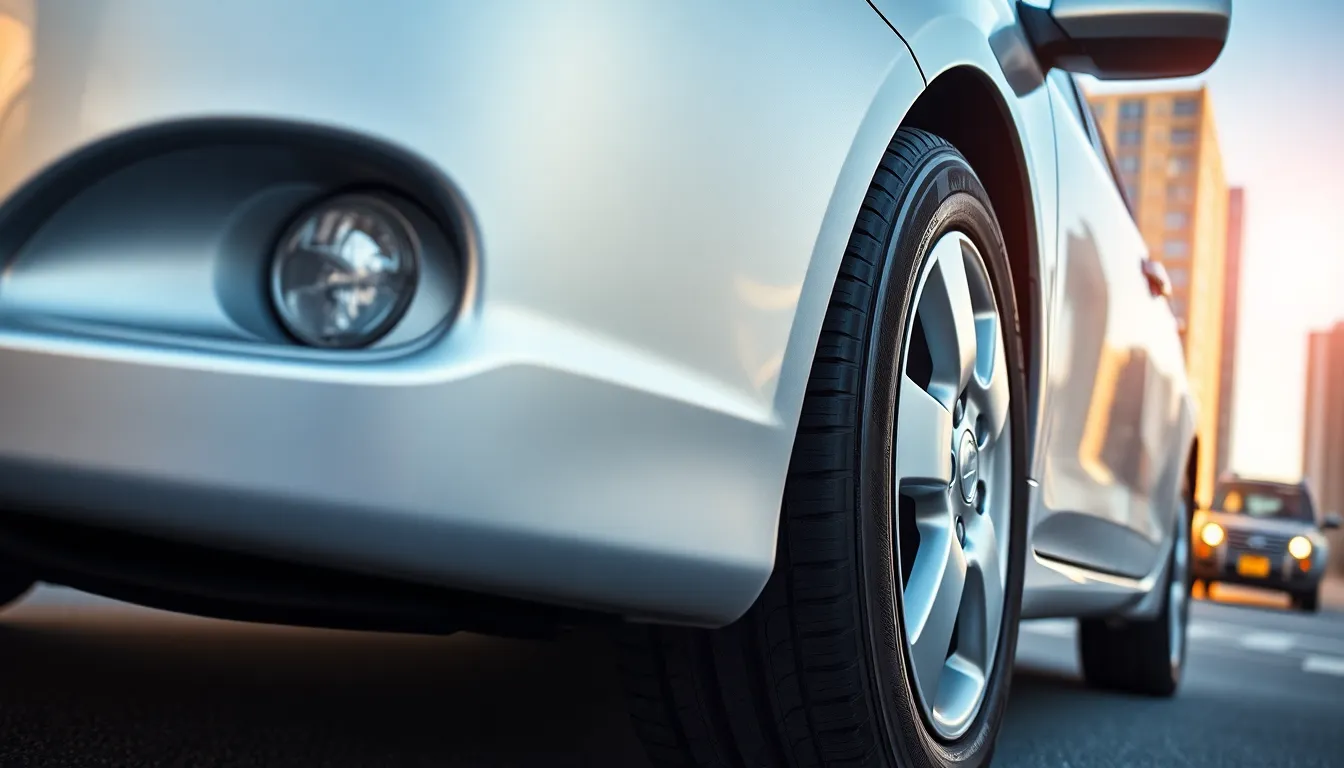
Original equipment tire sizes for the 2006 Toyota Corolla differ based on trim level specifications. Each trim comes with factory-installed dimensions that match performance characteristics and design requirements.
Standard Tire Size
The 195/65R15 tire size serves as the standard configuration for most 2006 Toyota Corolla trim levels. LE and S trims feature this dimension as their factory specification. This size provides balanced performance characteristics including fuel efficiency and ride comfort for daily driving conditions.
185/65R15 dimensions appear exclusively on the CE trim as the base model specification. CE models use this slightly narrower tire width to optimize fuel economy and reduce manufacturing costs.
Optional Tire Sizes by Trim Level
| Trim Level | Standard Tire Size | Alternative Options |
|---|---|---|
| CE | 185/65R15 | None documented |
| LE | 195/65R15 | None documented |
| S | 195/65R15 | None documented |
| XRS | 195/55R16 | None documented |
XRS models receive 195/55R16 tires as their unique factory specification. These lower profile tires complement the XRS trim’s sport-oriented suspension tuning and performance characteristics.
Aftermarket tire sizes like 205/55R16, 215/45R17, or 225/40R18 exist through third-party suppliers but aren’t original equipment options. These dimensions may appear in broader tire guides but don’t apply to standard 2006 Corolla trims from the factory.
Tire shops and official documentation confirm no additional OEM tire sizes beyond the four specified dimensions for each respective trim level.
Understanding Tire Size Numbers
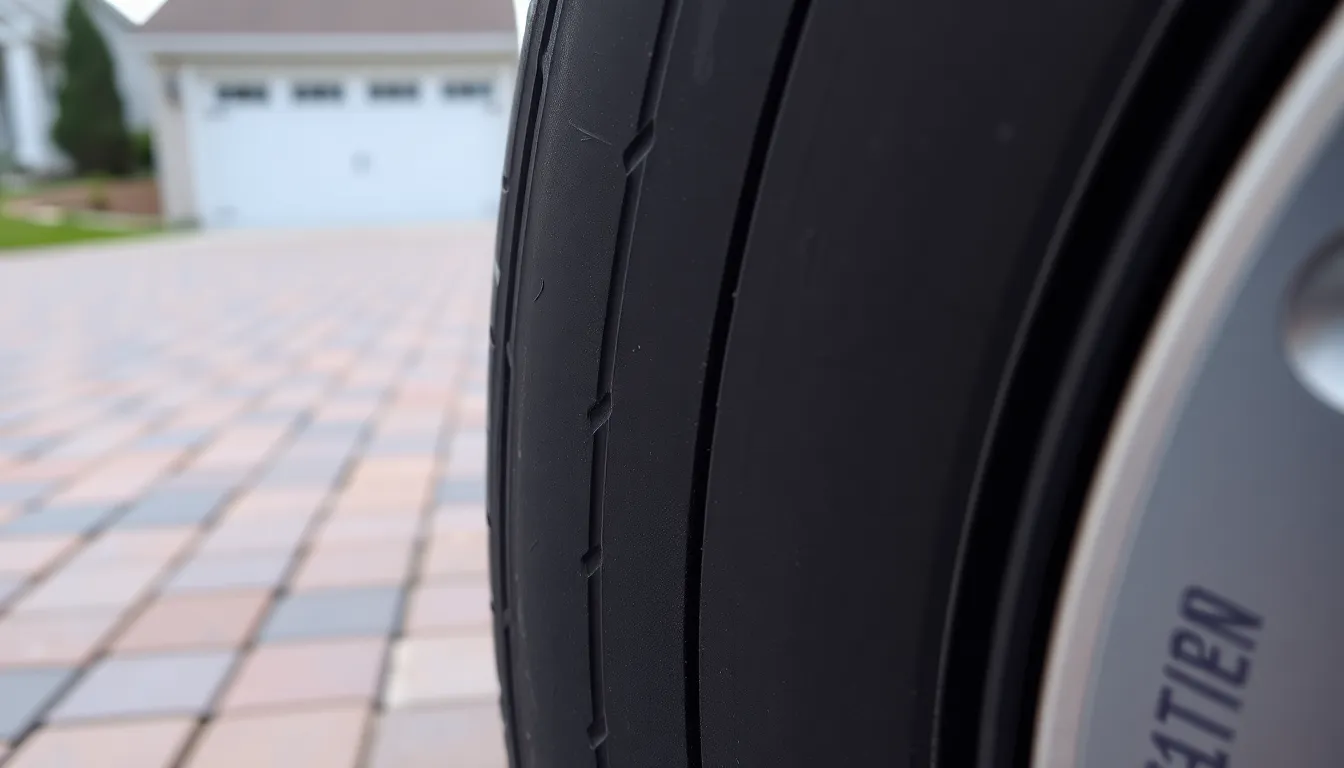
Tire sidewall markings contain standardized codes that reveal critical specifications for your 2006 Toyota Corolla. Decoding these numbers enables proper tire selection and ensures optimal vehicle performance.
How to Read Tire Size Markings
Tire size markings follow a exact sequence that appears on every tire sidewall. The format begins with the tire width in millimeters, measured from one sidewall to the other. Following the width, we find the aspect ratio expressed as a percentage that represents the ratio of the tire’s sidewall height to its width. The construction type appears next, with “R” indicating radial tire construction. Wheel diameter concludes the basic size designation, showing the rim size in inches that the tire fits.
Load index appears after the size designation as a numerical code indicating the maximum load the tire can support when fully inflated. Speed rating follows as a letter that specifies the maximum speed the tire can handle safely. Additional markings may include DOT codes, treadwear ratings, and temperature resistance grades that provide supplementary performance information.
What Each Number Means for Performance
Tire width directly affects contact patch size and handling characteristics on your 2006 Corolla. Wider tires like 205mm provide increased grip and cornering stability compared to narrower 185mm options, though they may reduce fuel economy slightly. The width measurement determines how much rubber contacts the road surface during acceleration, braking, and turning maneuvers.
Aspect ratio influences ride quality and steering response significantly. Lower aspect ratios such as 55 create shorter sidewalls that improve handling precision and cornering performance. Higher aspect ratios like 65 offer more sidewall flex, resulting in a smoother ride over rough surfaces but potentially less precise steering feedback.
Wheel diameter affects both performance and comfort characteristics. Larger 16-inch wheels paired with lower-profile tires enhance handling responsiveness and visual appeal. Smaller 14-inch or 15-inch wheels with higher-profile tires provide better pothole resistance and generally lower replacement costs while maintaining adequate performance for daily driving.
Best Replacement Tire Options
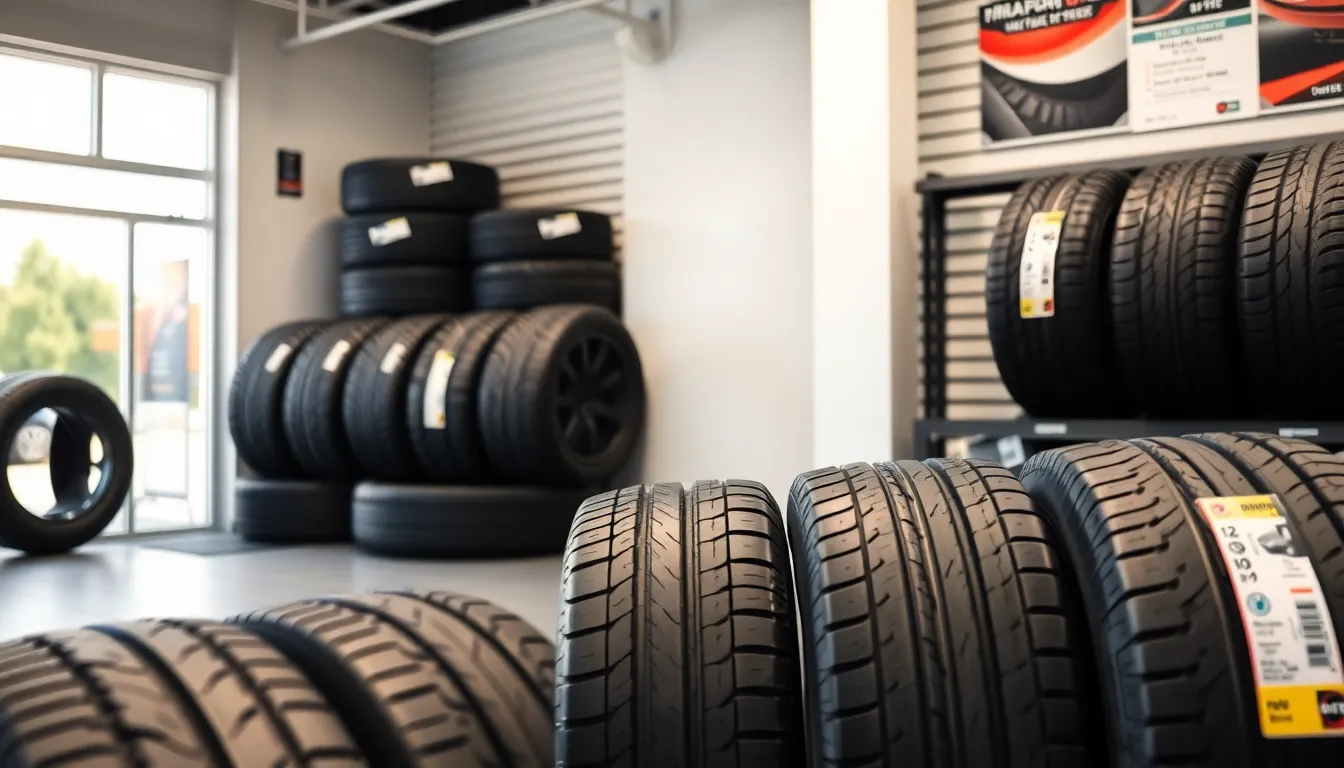
Finding quality replacement tires for your 2006 Toyota Corolla depends on your driving needs and budget constraints. We’ve identified the top tire options across different price ranges and performance categories to help you make an well-informed choice.
Budget-Friendly Choices
Budget conscious drivers can find reliable tire options without compromising safety or performance. The GT Radial Champiro Touring in 185/65R15 size provides excellent value for CE trim owners seeking dependable traction. Douglas All-Season tires in 195/65R15 dimensions offer solid performance for LE and S trim levels at competitive price points. XRS trim drivers benefit from the Hankook Kinergy H725 in 195/55R16 size, which delivers consistent handling characteristics.
Discount Tire locations frequently stock these models at reduced prices throughout the year. Big O Tires offers installation packages that include mounting and balancing services. Walmart tire centers provide additional savings through their everyday low pricing strategy.
Premium Performance Tires
Premium tire selections deliver enhanced grip, superior comfort, and extended longevity for discerning drivers. Michelin Defender T+H tires in 185/65R15 size provide CE trim owners with exceptional tread life and fuel efficiency. Continental PureContact LS tires in 195/65R15 dimensions offer LE and S trim drivers advanced all season capabilities with reduced road noise. Bridgestone Potenza RE980AS tires in 195/55R16 size give XRS trim owners sport tuned handling with year round versatility.
These premium options feature advanced rubber compounds that maintain flexibility across temperature ranges. Specialized tread patterns optimize water evacuation while providing confident dry weather performance. Enhanced sidewall construction reduces flexing for improved steering response and cornering stability.
All-Season vs Seasonal Options
All season tires suit most drivers with their balanced performance across wet, dry, and light snow conditions. Michelin Defender T+H and Continental PureContact LS models excel in diverse weather scenarios while maintaining consistent tread wear patterns. These options eliminate the need for seasonal tire changes and storage requirements.
Seasonal tire options optimize traction for exact weather conditions when maximum performance matters. BFGoodrich G-Force Sport Comp-2 summer tires enhance dry weather grip and cornering capabilities for performance oriented drivers. Bridgestone Blizzak WS90 winter tires provide superior snow and ice traction through specialized rubber compounds and aggressive tread designs. Summer tires deliver enhanced dry weather performance but lose effectiveness below 45°F temperatures.
Tire Size Impact on Performance
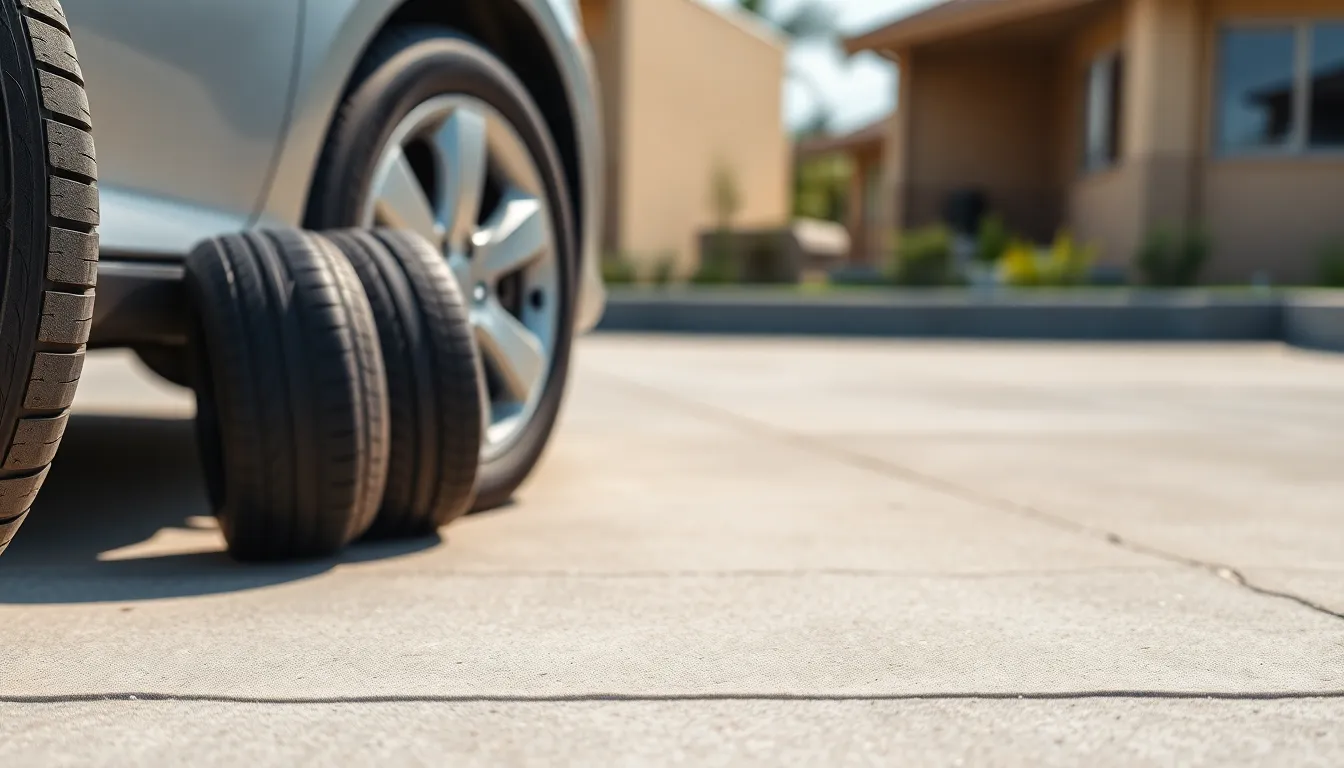
The exact tire dimensions on your 2006 Toyota Corolla directly influence multiple aspects of driving performance. Different trim levels feature varying tire sizes that create distinct impacts on fuel efficiency and handling characteristics.
Fuel Economy Considerations
Narrower tires like the 185/65R15 equipped on CE trim models deliver the most efficient fuel consumption through reduced rolling resistance. These dimensions create less friction against road surfaces compared to wider alternatives. The 195/65R15 tires found on LE and S trims produce slightly higher rolling resistance due to their increased width. Contact patch expansion with wider tires requires more energy to overcome road friction. We observe that CE trim owners typically achieve marginally better gas mileage ratings because of this tire width difference. Rolling resistance increases proportionally as tire width expands from 185mm to 195mm specifications.
Ride Comfort and Handling
Taller sidewalls on 185/65R15 and 195/65R15 tires provide superior cushioning over rough pavement through increased flex capacity. These dimensions absorb road imperfections more effectively than lower profile alternatives. The XRS trim’s 195/55R16 configuration delivers enhanced steering precision through reduced sidewall flex during cornering maneuvers. Lower profile tires transmit more road surface irregularities directly to passengers through stiffer sidewall construction. We find that daily commuting benefits from the comfort oriented designs of standard trim tires. Sporty driving scenarios favor the improved responsiveness that XRS tire dimensions provide through their shorter sidewall height and wider contact patch.
Installation and Maintenance Tips
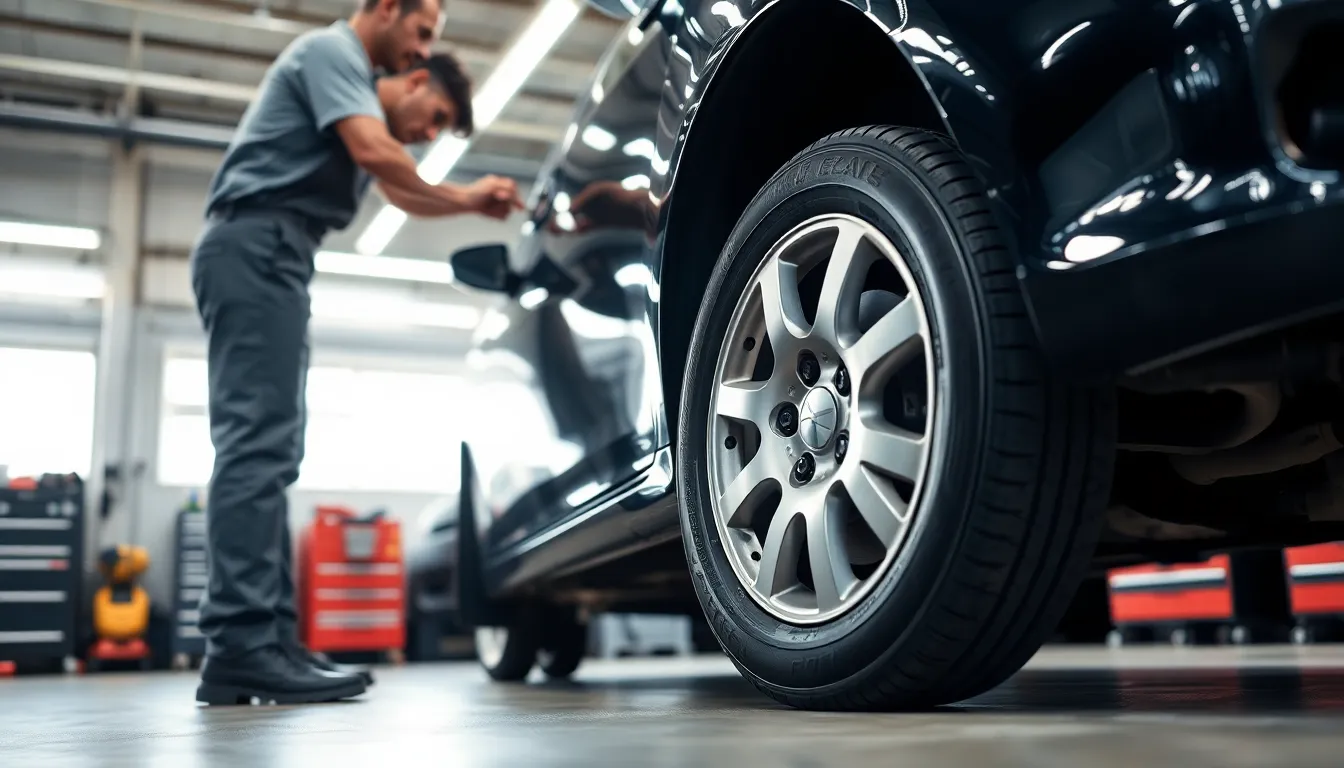
Proper installation begins with matching the exact tire size to your exact 2006 Toyota Corolla trim level to maintain handling precision and speedometer accuracy. Using incorrect dimensions affects vehicle dynamics and creates safety concerns that compromise driving performance.
Tire Pressure Monitoring maintains optimal performance through regular pressure checks using the specifications found on your driver-side door jamb sticker. Maintaining correct inflation levels ensures fuel efficiency while extending tire longevity and preventing premature wear patterns.
Rotation Schedule involves moving tires every 5,000 to 7,000 miles to promote even tread distribution across all positions. Following this maintenance interval prevents irregular wear that reduces tire life and maintains consistent traction characteristics.
Professional Alignment Services become necessary after new tire installation or when you notice uneven wear patterns and steering vibration. Proper wheel alignment and balancing procedures ensure optimal contact with road surfaces and prevent premature replacement needs.
Visual Inspection Requirements include checking for cuts, bulges, and measuring tread depth using a gauge to monitor tire condition. Replacing tires when tread depth reaches 2/32 inches prevents safety hazards and maintains proper wet weather traction.
Seasonal Considerations involve switching to winter tires in severe weather regions while ensuring they match your trim’s rim diameter specifications. Winter tire installations require the same size parameters as your original equipment to maintain vehicle stability.
Storage Protocols for seasonal tires include keeping them clean, dry, and protected from direct sunlight or extreme temperature exposure. Stacking tires horizontally or storing them vertically with periodic rotation prevents deformation and extends usable life.
Following these maintenance practices optimizes your 2006 Toyota Corolla’s tire performance while ensuring safety standards and maximizing your tire investment value.
Conclusion
Getting the right tire size for your 2006 Toyota Corolla isn’t just about replacing what’s worn out – it’s about maintaining your vehicle’s performance safety and efficiency. We’ve covered everything from understanding the standard 195/65R15 size to proper maintenance practices that’ll extend your tire life.
Remember that your exact trim level determines the correct tire size and sticking to factory specifications ensures optimal performance. Whether you’re dealing with seasonal changes or planning upgrades proper tire selection and maintenance will keep your Corolla running smoothly for years to come.
Regular pressure checks tire rotations and seasonal considerations aren’t just suggestions – they’re essential practices that protect your investment and keep you safe on the road.
Frequently Asked Questions
What is the standard tire size for a 2006 Toyota Corolla?
The standard tire size varies by trim level. Most trims (LE and S) use 195/65R15, while the CE trim uses 185/65R15 for better fuel economy. The sport-oriented XRS trim features 195/55R16 tires. Always check your specific trim level to ensure you select the correct tire size for optimal performance and safety.
Can I use different tire sizes on my 2006 Toyota Corolla?
While aftermarket sizes like 205/55R16, 215/45R17, or 225/40R18 exist, they are not original equipment options. Using incorrect tire sizes can cause speedometer inaccuracies, damage to suspension components, and affect fuel economy. It’s recommended to stick with factory specifications for optimal vehicle performance and safety.
How do I read tire size markings on my Corolla?
Tire size markings follow a standardized format. For example, in 195/65R15: 195 is the width in millimeters, 65 is the aspect ratio (sidewall height percentage), R indicates radial construction, and 15 is the rim diameter in inches. Understanding these codes helps ensure you purchase the correct replacement tires.
What type of tires should I choose for my 2006 Corolla?
Choose tires based on your driving needs and climate. All-season tires work well for most conditions, while winter tires provide better traction in snow and ice. Performance summer tires offer enhanced handling but aren’t suitable for cold weather. Consider your budget and driving patterns when selecting between economy and premium tire options.
How often should I rotate my Corolla’s tires?
Rotate your tires every 5,000 to 7,000 miles to ensure even wear and extend tire life. Regular rotation helps maintain optimal traction and prevents premature replacement. Follow your vehicle’s maintenance schedule and consult your owner’s manual for the recommended rotation pattern specific to your trim level and tire configuration.
What tire pressure should I maintain for my 2006 Corolla?
Check your driver’s side door jamb for the manufacturer’s recommended tire pressure, which varies by trim level and tire size. Maintain proper pressure for optimal fuel economy, tire wear, and safety. Check pressure monthly when tires are cold, and adjust seasonally as temperature changes affect tire pressure by approximately 1 PSI per 10°F.
When should I replace my Corolla’s tires?
Replace tires when tread depth reaches 2/32 inch, though 4/32 inch is recommended for better wet weather performance. Look for signs of uneven wear, sidewall damage, or age-related deterioration. Most tires should be replaced after 6-10 years regardless of tread depth. Regular visual inspections help identify replacement needs early.
Do I need professional installation for new tires?
Professional installation is highly recommended for proper mounting, balancing, and alignment. Professionals ensure correct tire pressure, proper bead seating, and can identify potential issues with suspension components. They also provide valve stem replacement and can perform wheel alignment services if needed, ensuring optimal tire performance and longevity.

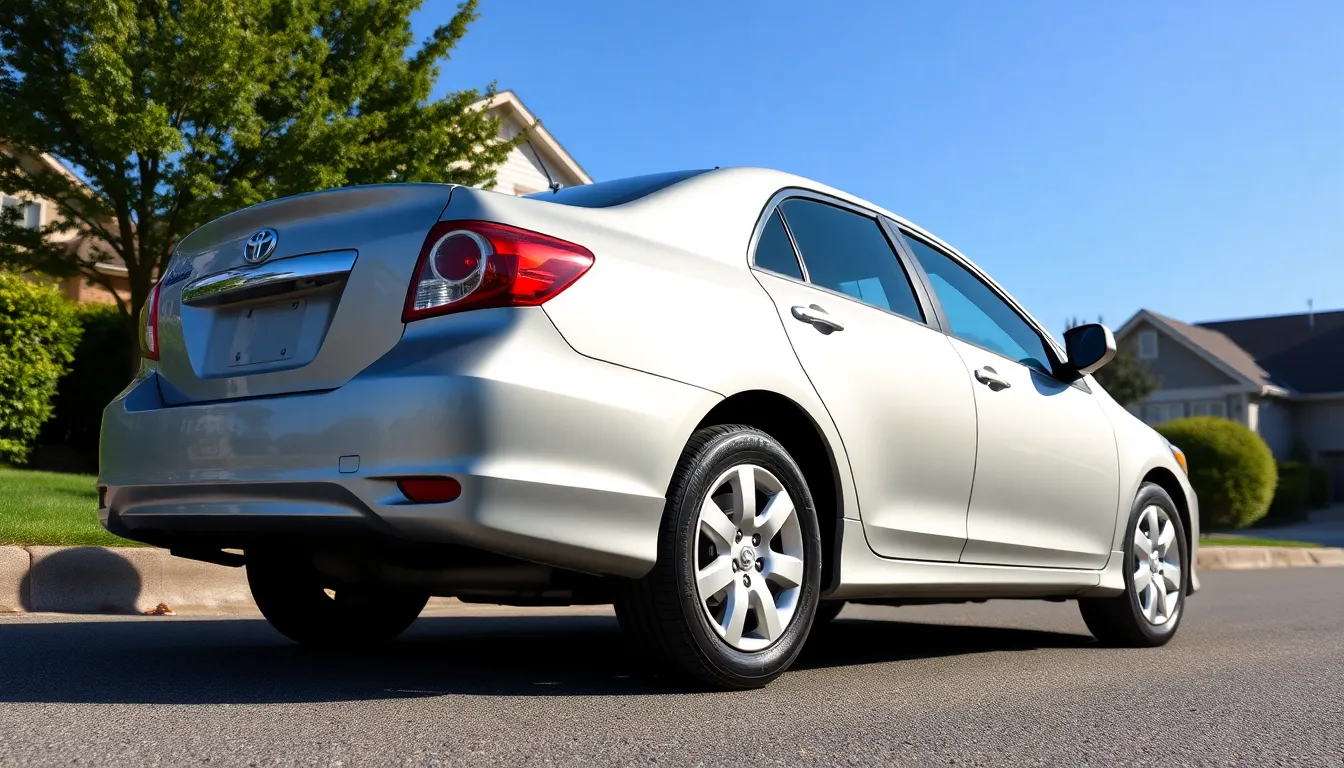






![Spare Tire Kit Fits 2019-2025 Toyota Corolla [Including Hybrid], Includes](https://m.media-amazon.com/images/I/41ppxLHfmvL._SL500_.jpg)